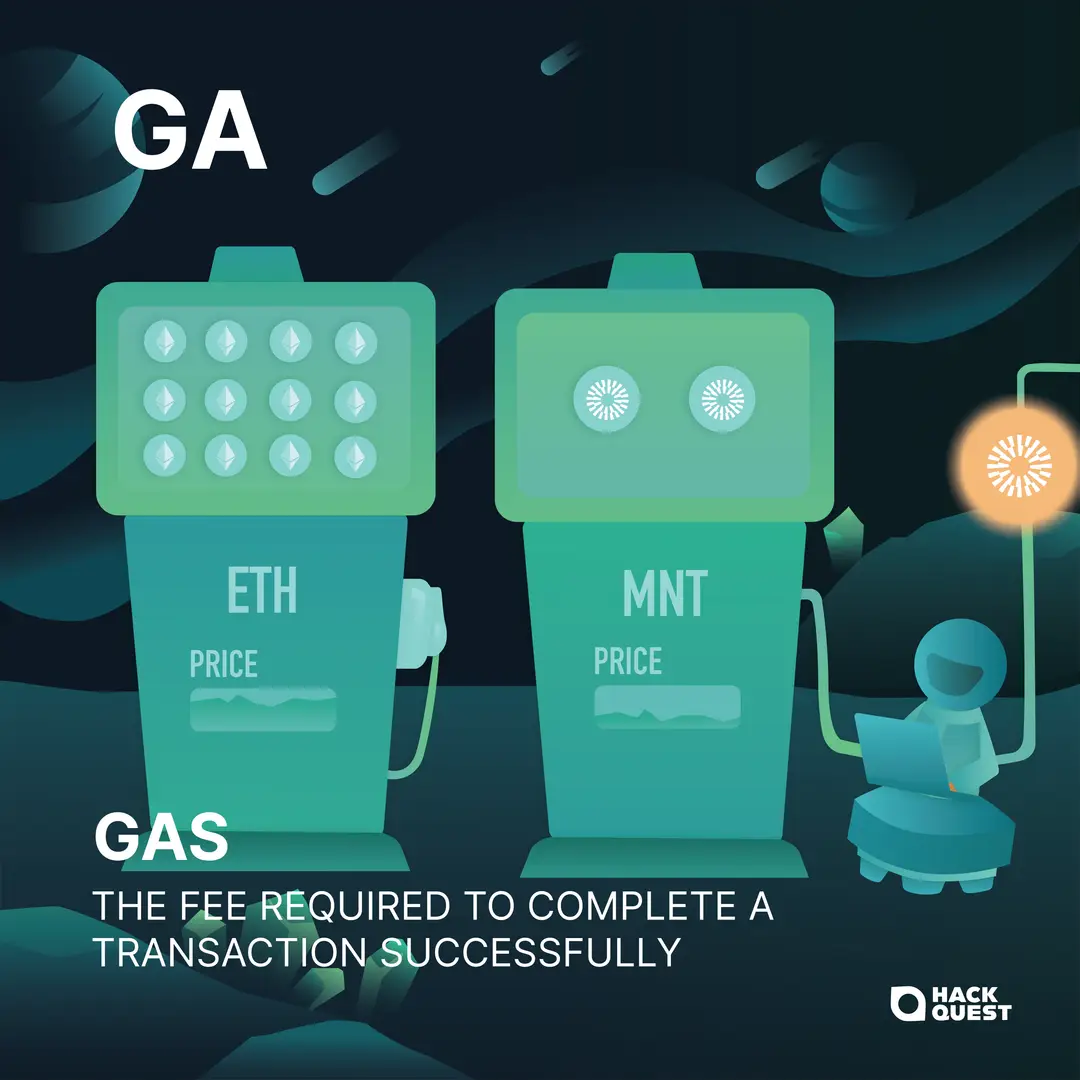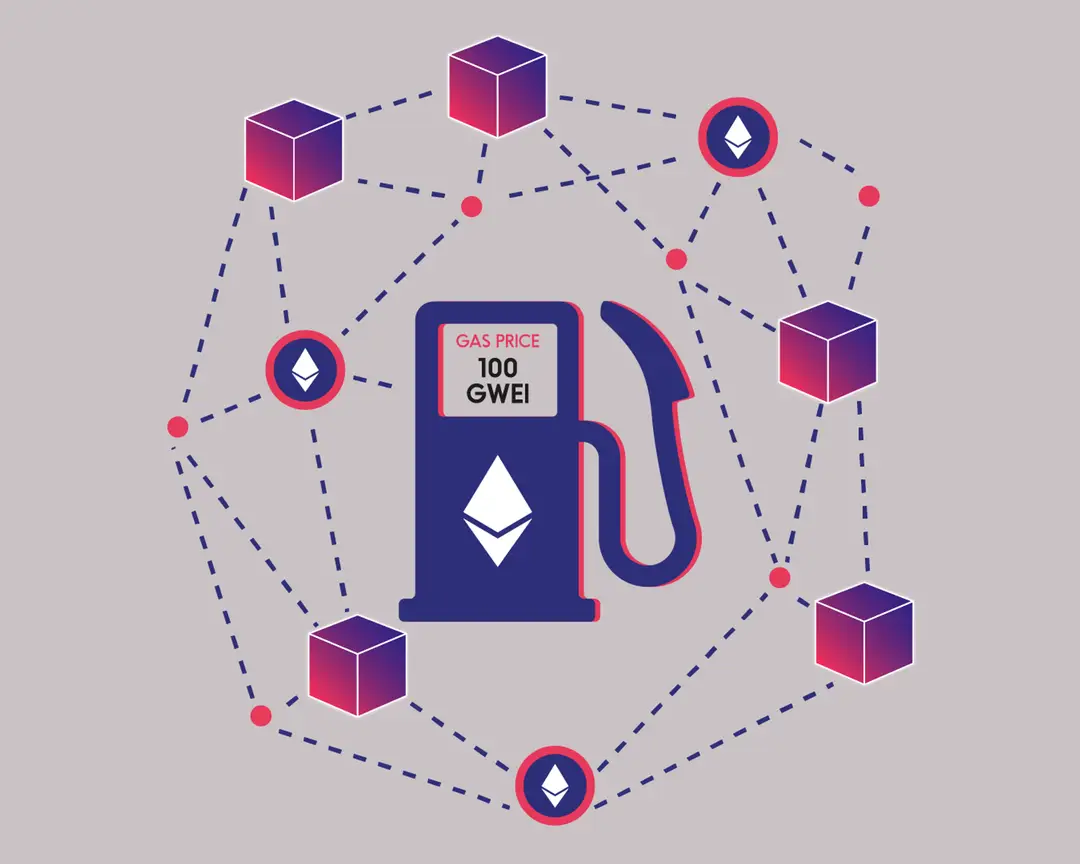返回
Gas
Basics
By HackQuest
Apr 2,20243 min readWelcome to the world of Web3, where cryptocurrencies, blockchain, and a unique culture converge. Entering the world of Web3 can be both thrilling and overwhelming, especially when faced with the seemingly cryptic language used by enthusiasts. Don't worry if you feel they sound like some secret codes, we are here to unravel their meaning in Web3 context. In this article, we are going to introduce [Gas].

What Does 'Gas' Mean?
Gas refers to the fee required to conduct a transaction or execute a contract on a blockchain network, particularly within the Ethereum ecosystem. It is the "fuel" that powers transactions, compensating miners or validators for the computing energy needed to process and validate transactions on the blockchain.
The Origin of Gas in Web3
The concept of gas was introduced with the Ethereum blockchain, which expanded the utility of blockchain technology beyond simple financial transactions to complex smart contracts and decentralized applications (DApps). Gas fees were implemented as a way to manage and allocate resources on the network efficiently, preventing spam transactions and ensuring the network remains sustainable and scalable.
How Does Gas Work?
Mechanism: When you send a transaction on a blockchain like Ethereum, you're required to pay gas fees. These fees are determined by two main factors: the gas limit and the gas price.
Gas Limit
This is the maximum amount of gas you're willing to spend on a transaction. Complex transactions, such as executing smart contracts, require more gas than simple transactions like sending cryptocurrency.
Gas Price
This is the amount of cryptocurrency you're willing to pay per unit of gas, typically measured in Gwei (one billionth of an ETH). The gas price fluctuates based on network demand; higher demand leads to higher gas prices.
The total gas fee for a transaction is the product of the gas limit and the gas price. Transactions with higher fees get prioritized by the network, leading to faster processing times.

Why is Gas Important in Web3?
Resource Allocation
Gas fees help manage the network's resources, ensuring that it operates efficiently. By requiring a fee, the network can deter spam and allocate processing power to transactions that provide value to the network.
Network Sustainability
Gas fees incentivize miners and validators to participate in the network. These participants use their computational power to process transactions and secure the blockchain, and gas fees serve as their reward.
User Control
Users have some control over their transaction fees and speeds by adjusting the gas limit and gas price. This flexibility allows users to choose how quickly their transactions are processed based on their willingness to pay.
📢
Conclusion
Gas is a foundational component of the Web3 ecosystem, particularly within blockchain networks that support smart contracts and DApps. Understanding gas fees is crucial for anyone looking to participate in these networks, whether sending transactions, interacting with DApps, or developing on the blockchain. As the technology evolves, so too will the mechanisms for gas fees, with ongoing efforts to make them more predictable and equitable for all users.
If you would like to learn more about slang in Web3, let’s explore more in our HackQuest Web3 Glossary!